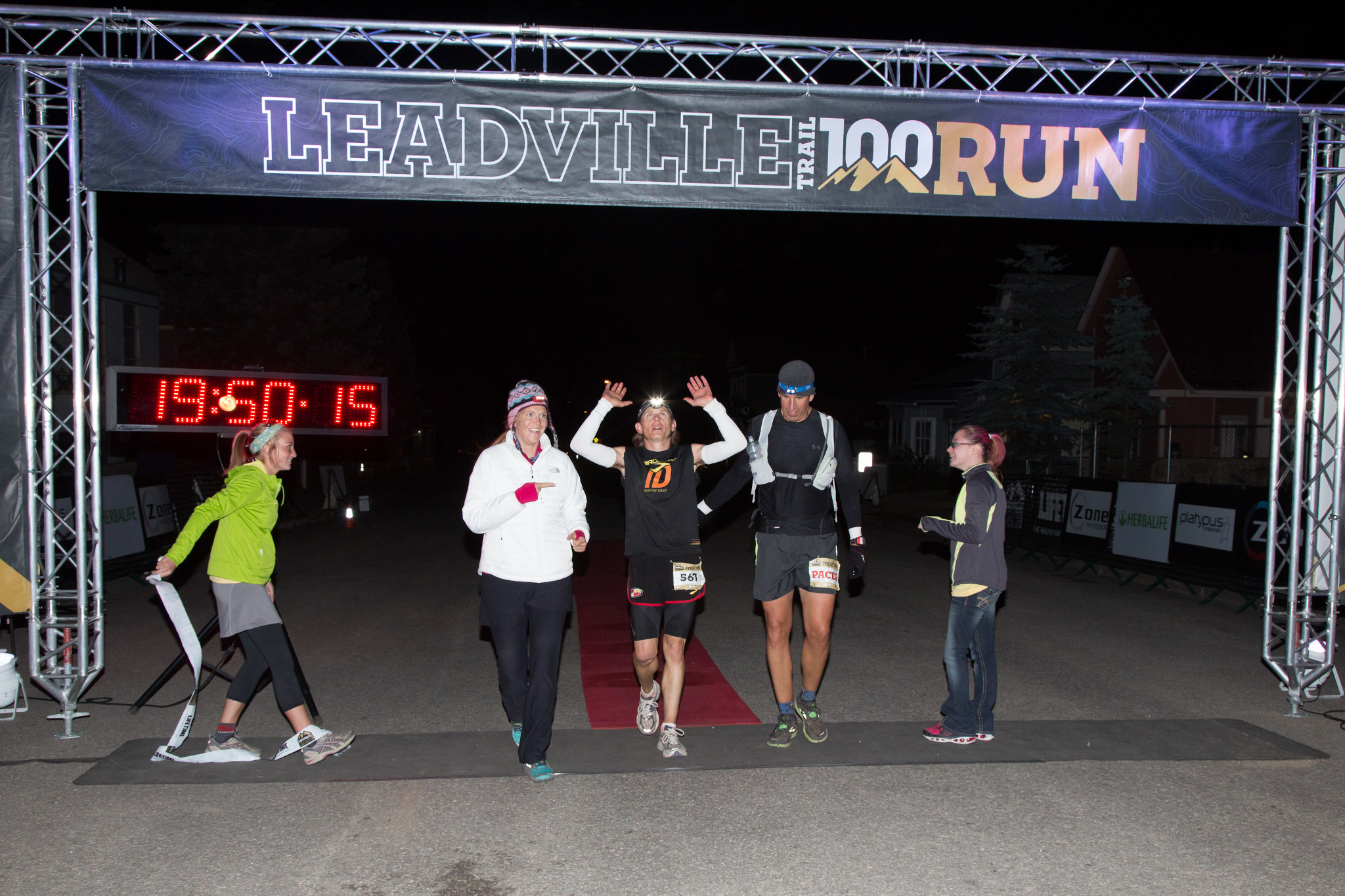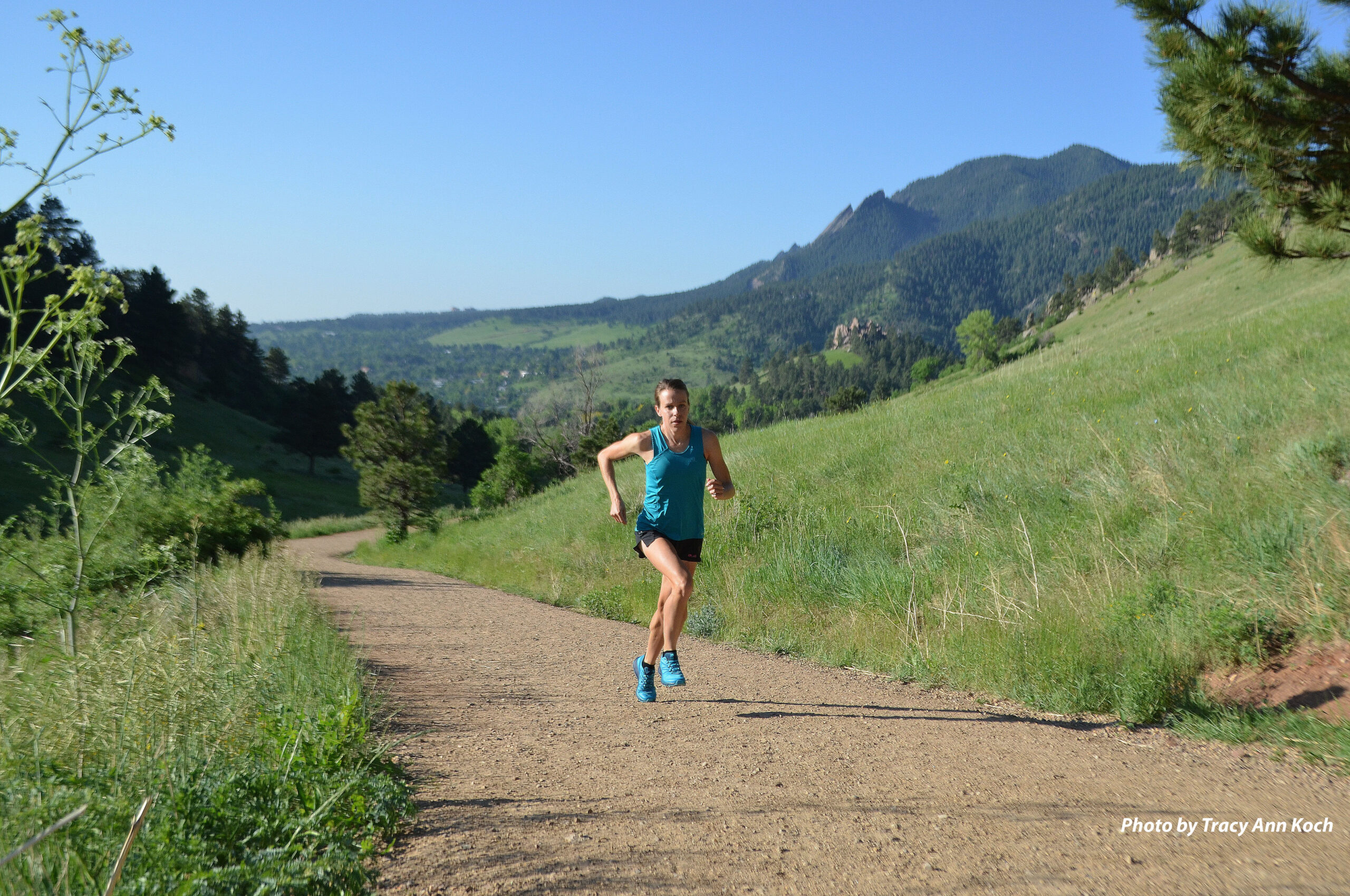Competing at Altitude
Maren S. Fragala, PhD, CSCS*D
Director, Athlete Health and Performance
Sports and Human Performance Diagnostics, Quest Diagnostics
The Blueprint for Athletes Leadville Trail 100 MTB and Run are known as the “Race Across the Sky” for a good reason. It represents one of the most grueling ultra-endurance races an elite level endurance athlete can compete in. Not only is the physiological challenge of 100-miles on foot or bike exhausting in and of itself, add to it the rugged terrain of the Colorado Rocky Mountains and the environmental stress of 9-12,000 feet in altitude and you have the legendary Leadville 100 Race.
Why is altitude a challenge?
Competing at altitude presents a considerable physiological challenge to athletes where they feel like they are working much harder than they would with the same workload at sea level. The reason for this has to do with the differences in atmospheric pressure between sea level and altitude. A common misperception is that there is less oxygen in the air at altitude. In actuality, the concentration of oxygen in the atmosphere is similar between sea level and altitude. It is the reduced atmospheric pressure at altitude that reduces the driving pressure for oxygen to enter the lungs. Oxygen enters the body and the cells through partial pressure gradients. The lower the partial pressure exerted by oxygen at altitude makes it harder for the body to consume and use oxygen. The body compensates by increasing heart rate and breathing rate when arriving at altitude from lower elevations in order to try to obtain the oxygen that it needs… making you feel like you are working harder (because your heart and lungs actually are).
How will my body respond when arriving at altitude?
When you first arrive at higher altitudes, you may notice your heart racing and your breathing rate increases. This is your body’s way of compensating for the ‘hypoxic’ conditions of higher altitude. In other words, because the lower partial pressure of oxygen challenges your body’s ability to consume and use oxygen, your heart and lungs have to work harder for the body to get the oxygen that it needs. After a few days at higher altitude, your blood starts to change to help your body consume and utilize the oxygen that it needs. Your red blood cells are the special cells in your blood that carry the oxygen that you breathe to the working cells that need it. These cells increase in amount and capacity to transport oxygen. Most adaptations to altitude exposure occur within two days to two weeks of exposure to altitude. During this time the amount of oxygen that the body can consume and utilize may be reduced and endurance performance may be impaired. In fact, research has shown that for every 1,000 m (3,280 ft) increase an altitude the capacity to perform aerobic work declines by ~6.3%. Extrapolation from this study would indicate that in Leadville, CO athletes would only have about 80% of their endurance work capacity that they would at sea level.
Strategies for Success
Performance in this grueling race ultimately depends on an athlete’s physiological capacity to sustain energy for 100-miles in roughly 12 hours biking or 30 hours running. Physiologically this task relies on the capacity of the body to mobilize fuels and consume and utilize oxygen to sustain aerobic energy production.
Fueling. During this type of race, the body’s preferred energy source is glucose. However, the athlete’s body may only have 600 grams of glucose in storage (or enough to complete maybe 20 miles). While the body contains fat as an additional energy store for the remaining 80 miles, many athletes may experience a sensation often called “hitting the wall” when glucose stores become depleted. Athletes in this race require a carefully planned fueling strategy to avoid ‘hitting the wall.” Depending on body size and pace athletes in this race may require about 1 gram of carbohydrates per minute of exercise. (To put that in other terms, that is the energy equivalent of about a snickers bar per hour…not that we would recommend eating 30 snickers bars during the race, but I think you get the point). Many athletes prefer their fuels in liquid form and research supports this practice. Researchers have shown the endurance performance is enhanced when runners consumed carbohydrates before and during with a 6.9% carbohydrate beverage.
Hydration. Proper hydration is key to ultra-endurance performance. Athletes can lose as much as 12 liters of sweat in a 100-mile race. With inadequate rehydration, athletes can experience dangerous increases in body temperature and cardiac strain (not the ideal way to end a race that you spent months preparing for). In addition, research has shown that athletes competing in the Leadville 100-mile race lose significant amounts of sodium. If sodium levels get too low, it can result in a dangerous condition called hyponatremia. With proper precautions, like adding salt to your sports drinks and consuming salted foods like pretzels or soup, you can restore lost sodium.
Monitoring. Considering the phenomenal physiological demands of training for and competing in the legendary Leadville 100 Race, monitoring your internal physiology can help you along the way. Blood-based biomarker testing and monitoring can help you to identify any insufficiencies that may affect your performance. As endurance performance is limited by the ability of your body to consume and utilize oxygen that is transported in blood, monitoring measures of red blood cell status and replenishment (like hematocrit, hemoglobin), including nutrients required for red blood cell production (Iron, Vitamin B12), can provide valuable insights into your training. In addition, monitoring your fuel (like glucose) and nutrition/hydration markers (like sodium) can help you optimize your personal strategy with scientific data!



